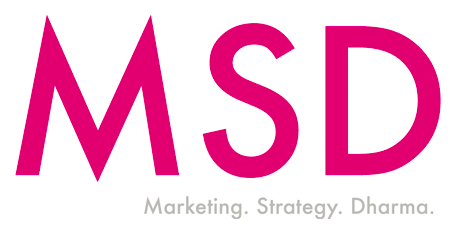Image Source: Wired
Mobile devices have undoubtedly become an essential part of the daily activities of our lives—particularly the lives of Millennials. Unlike Baby Boomers and Generation X, Millennials were born into a world that mobile phones and the Internet had already become acquainted with. Although Baby Boomers currently hold the greatest purchasing power, most online and mobile advertisements are oriented to target Millennials who are considered far more tech-savvy than their Baby Boomer counterparts. As Millennials mature in their professional careers, their purchasing power will substantially increase in the years to come.
Online advertisers have been fighting an increasingly difficult battle against ad blockers, since most Millennials use or are familiar with adblocking software. According to Ad Age, 41% of individuals between 18 and 29 years old use ad blockers. Ad blocking is not a new issue, and “Mobile ad-blocking isn’t a big problem yet, [since it is difficult or in some instances impossible to install ad blockers on mobile browsers.”]
However, mobile advertisers should start gearing up for battle, for ad blocking is a problem with great potential. In fact, Apple, one of the world’s smartphone giants, has announced that its next iPhone software update will enable adblocking extensions on Safari. Grasping far less media attention was the rise of UC browser, a mobile browser with a built in ad blocker that is popular in China and India, last summer. With Apple’s Safari on board the ad blocking train, it is quite clear what direction mobile browsing is headed.
The rapidly expanding tech industry recognizes that Millennials live in a fast-paced and increasingly technology dependent world and is catering to their needs. Millennials practically cringe when advertisements crowd their phone screens interfering with reaching relevant content. As the competition to provide the ultimate mobile browsing experience is fiercer than ever, mobile advertisers may need to think of new strategies to promote their products and services.
Perhaps, it is time for mobile and online advertising publishers to create a fresh, new marketing strategy that would better connect and communicate with Millennials. According to Time, Pinterest added a ‘“buy” button to bolster its monetization efforts after first rolling out ads last year and Instagram is currently testing out new advertisement formats. Many Millennials live on social media platforms. Mobile advertisers may need to reorient their efforts towards social media, but they must do so carefully and without disrupting Millennials’ realms. After all, it is their turf.
Leslie Park, MSD Intern

